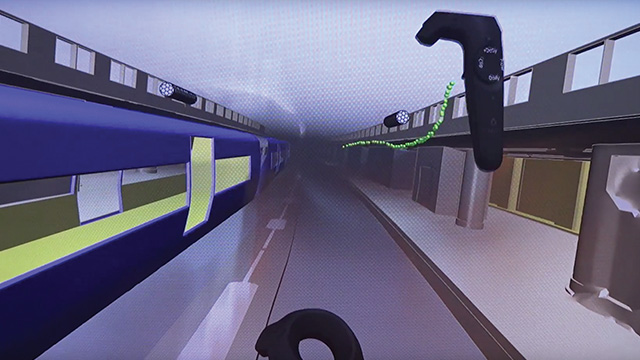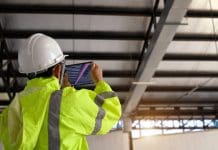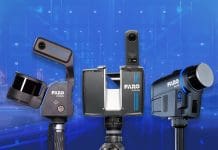More and more transport infrastructure is being built below ground. 3D VR can help to ensure tunnel systems and stations are properly ventilated and can be safely evacuated in an emergency
Tunnels and underground rely on technology to provide appropriate environmental conditions for the people using them. Ventilation systems supply fresh air and remove exhaust gases. In emergencies, people need to be able to get out of danger zones. This requires not only emergency guidance systems but also a design that facilitates airflow to leave a clear zone under the smoke in which to breathe and find escape routes.
“The ventilation design of tunnel systems or a station building is extremely complex,” says Erwin Schnell, project manager at Swiss-based international consulting engineering firm HBI Haerter.
“It cannot be verified and improved using a prototype but needs to be right the first time, so it requires simulation using computational fluid dynamics (CFD).”
Schnell is an experienced engineer specialising in fire and smoke simulations who first commenced numerical simulation as early as 1989 in the fields of aerospace and automotive engineering, taking advantage of virtual immersive engineering in 1998 and pushing the adoption of augmented reality in 2013.
With 40 experts and more than 800 successfully completed reference projects, HBI Haerter, which in addition to its offices in Switzerland has locations in Germany and Australia, is recognised as a leading international consultant in tunnel ventilation design.
To calculate airflows induced by traffic or ventilation and smoke dispersion in tunnel systems and train stations, the firm’s simulation engineers use Simcenter STAR-CCM+ software from Siemens PLM Software.
This package is centred on CFD to solve and analyse problems that involve fluid flows by successive approximation using numerical analysis and data structures. It is based on the finite volume method for representing and evaluating Navier–Stokes equations that describe the motion of viscous fluid substances. This is also termed computational continuum mechanics, or CCM.
“The entire flow field is represented by an adequate number of simply connected volume volumetric elements, which are generated within a process called spatial discretisation or simply meshing,” says Schnell.
“Velocities and scalar quantities such as temperature or smoke concentration are calculated within each individual element.”
The software was designed to simultaneously solve fluid flow and heat transfer problems.
To cope with variations in the quality and format of clients’ geometry data created in different computer-aided design tools, it is also designed to support various formats for importing 3D solids from all relevant CAD software systems. A built-in, 3D feature-based CAD modeller allows for creating and modifying geometries directly within the software.
“This provides us with opportunities to successively optimise geometries by setting different parameters. As the software is capable of iterating through parameter lists, it makes investigating the effects of design variations an extremely efficient task,” says Schnell.
“In emergency situation modelling for underground train station design, we integrate a heat source, ventilation systems, the aerodynamics of moving trains and the effects of people on the platform with the funnelling geometry of the architecture.
“With an overset mesh that allows for creating hierarchic simulation scenarios, Simcenter STAR-CCM+ enables us to combine independent aspects into truly comprehensive multi-physics simulations.”
These multi-physics simulations can bring incredible realism and detail to bear and using virtual reality headsets, this can be harnessed to allow users to “dive in” to, for example, verify an escape route in the event of a fire.
“Users can release massless particles to visualise the flow field, as well as the relevant smoke and temperature layers at platform level,” says Schnell.
“In complete safety, they can walk to the exits nearby and determine whether escape routes are smoke-free.”
One of the benefits is that in a VR simulation, fire experts are able to analyse vulnerabilities in places that would not be accessible in real life or in traditional documentation.
Early last year, Schnell began negotiating with insurance companies and government authorities with a view to them eventually approving construction based on numerical verification supplied in the form of tours through smoke-contaminated buildings in VR.
PBC Today
Tel: 0843 504 4560














